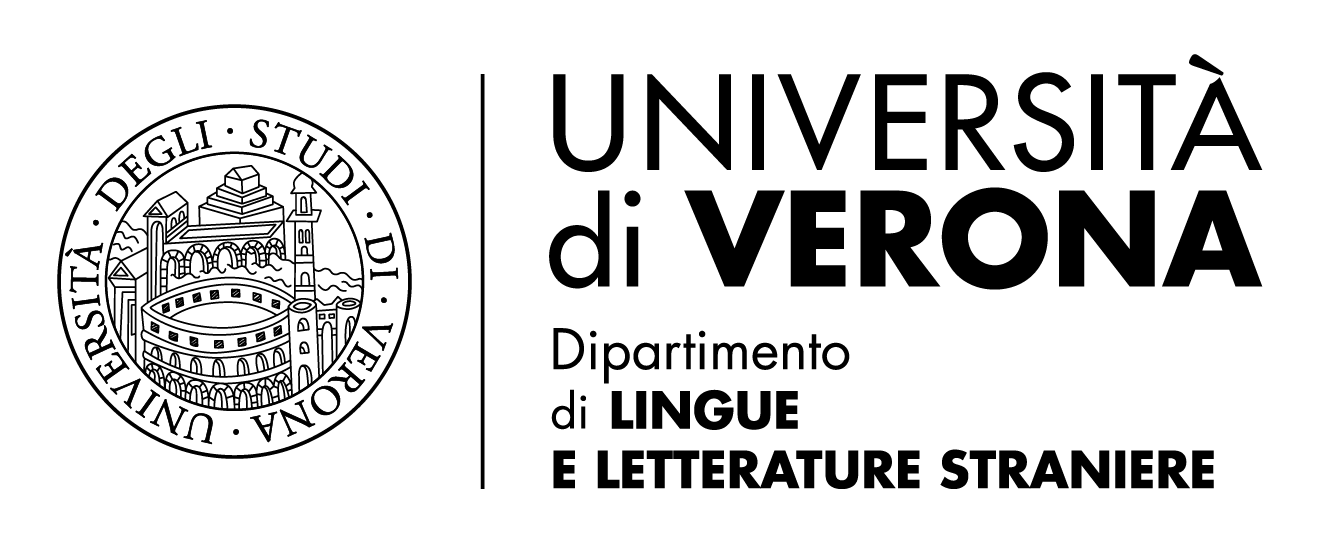Лихорадочные герои романа Идиот Ф. М. Достоевского (Тело и выход из тела)
DOI:
https://doi.org/10.13136/1013-2309/960Abstract
Prince Myshkin’s Fever
The paper analyses movements (gestures and poses) of the heroes in F. M. Dostoevsky’s novel The Idiot. Special attention is given to the group scenes where characters react “as one” (e.g. the Epanchin sisters, “Rogozhin’s loud group”). These frequently dramatic group scenes (Grossman’s “conclave”, Bakhtin’s carnivalisation) reveal distinctive characters, such as Nastasya Filippovna, Ippolit and, of course, the Prince. Their distinctiveness is fever which accompanies them and manifests itself in different ways. Fever is a liminal state (a state between illness and health) as well as a state of simultaneous illness (shivering) and health (defence mechanism) (Sontag 2016; Foucault 1988). Fever prepares all distinctive, liminal and feverish characters, i.e. Nastasya Filippovna, Ippolit and the Prince, to leave their body. Ippolit, who suffers from tuberculosis known as “consumption” in the 19th century, dies immediately after the feverish scene in Pavlovsk; Nastasya Filippovna, who is in the state of fever from the onset of the novel, finally leaves her body literally and metaphorically (she is lying on the floor murdered without a visible body); Prince Myshkin, who suffers from epilepsy, and finally completely loses his mind, which makes him incapable of feeling and perceiving people around him.
Keywords: The Idiot, fever, body, resurrection
Downloads
Published
Issue
Section
License
Authors must attend to the following conditions:
- Authors will retain copyright of their work but give the journal first publishing rights. Articles will be simultaneously licensed by a Creative Common License - Attribution - No Commercial Use that permits other researchers to share the work by indicating the author’s intellectual property and its first publishing in this journal not for commercial use.
- Authors can adhere to other license agreements not exclusive to the distribution of the published version of their work (for example: include it in an institutional archive or publish it in a monograph) as long as they indicate that it was first published in this journal.
- Authors can disseminate their work (for example in institutional repositories or on their personal website) before and during the submission procedure, as it can lead to advantageous exchanges and citations of the work (see also, The Effect of Open Access).
If you have questions, you may contact:
or
dostoevsky-studies@ateneo.univr.it



